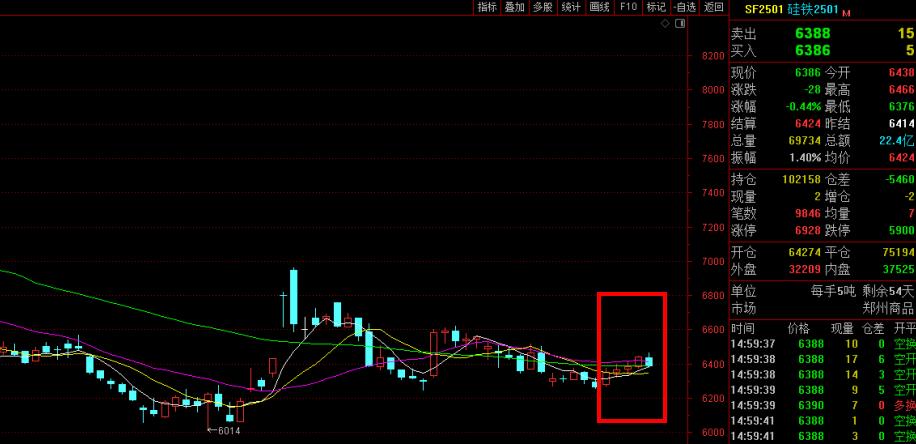[ferro-alloys.com]China's decision to speed up "new infrastructure" projects, such as 5G networks and charging stations, are unlikely to reverse the downtrend in nonferrous metals prices in the near-term, market sources said.
The measures will ultimately help boost demand for nonferrous metals but the upside is unlikely to be felt until the coronavirus outbreak outside of China is controlled or smelters, both in China and overseas, significantly cut production, sources said.
China's local governments earlier this month outlined plans for new infrastructure projects to offset the economic impact of the outbreak and cultivate new growth drivers.
A total of 25 provincial-level regions have so far incorporated new infrastructure projects into their government work reports, with 21 intending to advance 5G network construction, according to Chinese media reports.
New infrastructure refers to digital facilities such as 5G base stations, ultra-high voltage grids, intercity transit systems, new energy vehicle charging stations, big data centers, artificial intelligence and industrial internet.
Copper, aluminum demand
Demand from Chinese downstream sectors is recovering as the lockdown eases, but the pace is slow. The Shanghai Futures Exchange's most active copper and aluminum futures contracts have seen significant declines over the past week, compounding concerns about an oversupply of material and the slow recovery in demand. Further, the rapid spread of the virus outside of China is heavily impacting domestic market confidence, market sources said.
Copper consumption could see some rebound in the second and third quarters of this year, due to increasing investment in power grids and infrastructure construction. But the vehicle sector and other property-related products will remain under pressure as property completion times are extended, some market sources said.
Some higher-cost primary aluminum smelters plan to cut production due to declining prices. Meanwhile, construction of new aluminum capacity has slowed as companies try to avoid more losses. The resumption in downstream sectors will buoy aluminum consumption to some extent as the virus lockdown eases. However, it may not reverse the downtrend in the short-term amid the virus spread outside of China and pile-up of inventory.
SHFE has increased the price limits for copper and aluminum to 6% from 5% previously, since March 16. It subsequently lifted price limits for copper and aluminum to 8% on March 20 and March 19, respectively.
SHFE's most active 2005 copper futures contracts closed within the daily limit for two consecutive days on March 18 and 19.
Battery metals
Battery metals market sentiment remains gloomy due to the virus spread outside China and slow recovery in demand from downstream sectors.
There will be 0.9 million, 0.98 million, and 1.08 million 5G base stations constructed in China in 2020, 2021 and 2022, which will consume 13.3 GWh, 14.5 GWh and 16 GWh of lithium iron phosphate, according to a report from Guotai Junan Securities analyst Wu Huayu. This will increase lithium chemicals demand by 5,320 mt, 5,800 mt and 6,400 mt lithium carbonate equivalent, respectively, according to the report.
Cathode materials producers have received few orders to-date from the new projects, though demand from power battery makers has started to recover slowly following the worst of the virus outbreak.
Lithium and cobalt converters said that demand was lackluster and they were uncertain about the near-term outlook as a demand recovery was still some time away.
The unexpected virus outbreak further depressed the vehicle industry, which posted a drop in output and sales for two consecutive years, Ye Shengji, vice general-secretary of China Association of Automobile Manufacturers, or CAAM, said.
He expected an year-on-year drop of 45% in output and sales in the first quarter and a decline of 25% in the first half of 2020, if the virus spread can be largely controlled by the end of March. Pent-up demand may drive sales in the short-term but the outlook for the whole year remains subdued, he added.
Some market observers were worried that the downtrend numbers could be even higher than CAAM's expectations.
The coronavirus outbreak will have a bigger impact on new energy vehicles due to the significant drop in online hailing car sales, which accounted for a large part of new energy passenger car sales, said Dong Yang, vice president of China EV100.
(S&P Global Platts)
- [Editor:王可]



 Save
Save Print
Print Daily News
Daily News Research
Research Magazine
Magazine Company Database
Company Database Customized Database
Customized Database Conferences
Conferences Advertisement
Advertisement Trade
Trade


















Tell Us What You Think